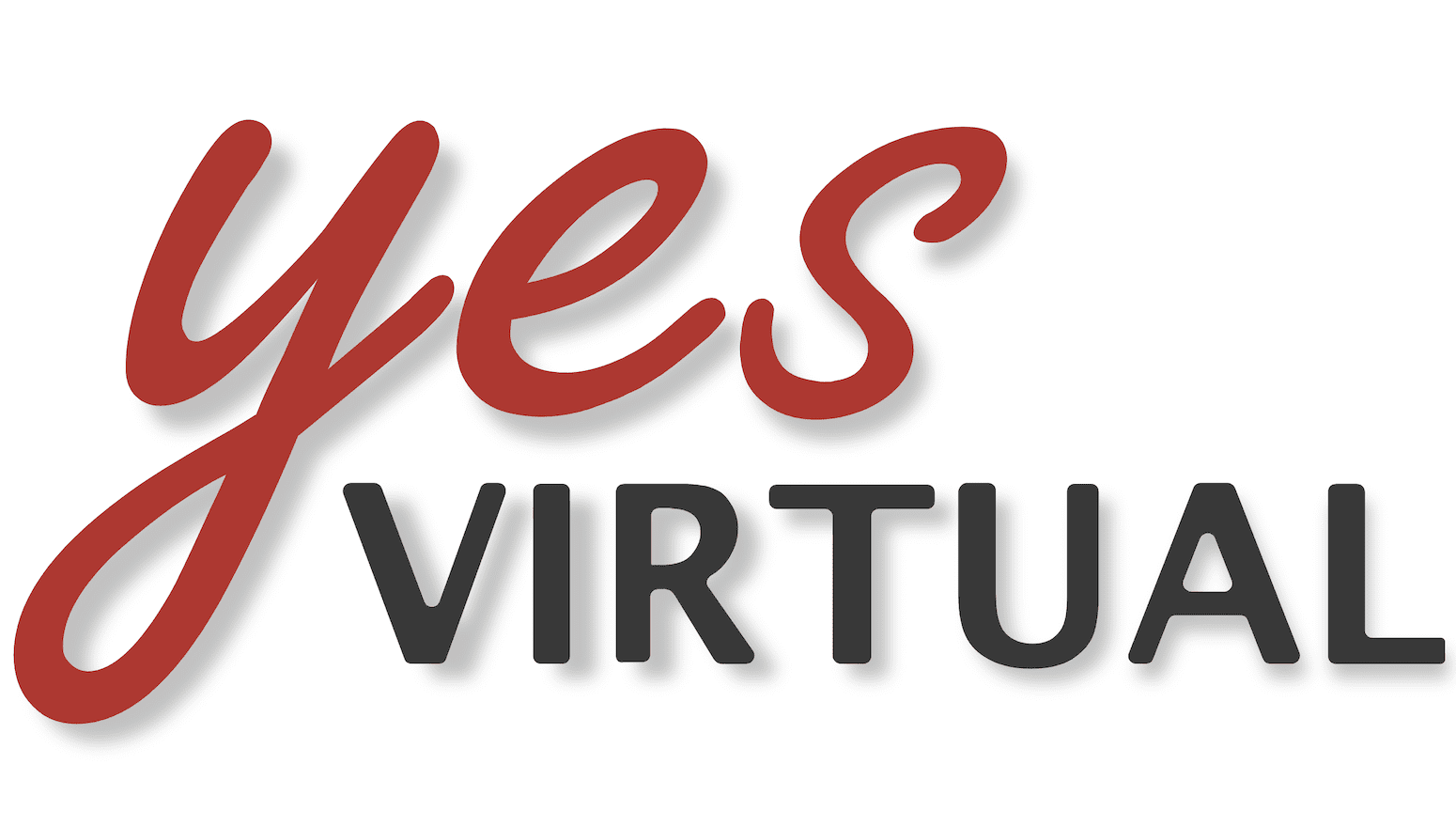When evaluating the costs of hiring a virtual assistant (VA) against a traditional employee, several key factors come into play, each contributing to the overall cost-effectiveness of virtual staffing.
Overhead Costs: One of the most significant advantages of hiring a VA is the reduction in overhead costs. Virtual assistants work remotely, which means businesses can save on expenses related to physical office space, such as rent, utilities, office supplies, and equipment. In contrast, these are recurring costs associated with maintaining an onsite employee.
Salary and Benefits: Typically, VAs are independent contractors, so companies do not have to provide the same level of benefits as they would for full-time employees. This includes health insurance, pension contributions, paid vacation, and other employment-related benefits that can substantially increase employment costs. Additionally, VAs often have their own equipment and software, which further reduces expenses for the employer.
Flexibility and Scalability: Virtual assistants offer a high degree of flexibility. They can be hired on an hourly basis or for specific projects, allowing businesses to scale up or down based on current needs without the financial risk of long-term commitments. This contrasts with traditional employees, where scaling workforce size up or down can involve complex HR processes and potential legal and financial implications.
Global Talent Access: Hiring VAs allows businesses to tap into a global talent pool, often at a lower cost than hiring locally. This can be particularly cost-effective for companies in high-wage regions, as they can hire skilled professionals from countries with lower living costs, who charge less for the same quality of work.
Productivity Costs: While remote work can sometimes make supervision and direct management more challenging, many businesses find that VAs are highly motivated and efficient, as their pay is often directly related to their output. This can lead to higher productivity compared to some in-house employees who may have fixed salaries regardless of their daily output.
In conclusion, while the choice between hiring a virtual assistant or a traditional employee depends on the specific needs and circumstances of the business, VAs can offer substantial cost savings and flexibility, making them an attractive option for many businesses looking to optimize their workforce.
